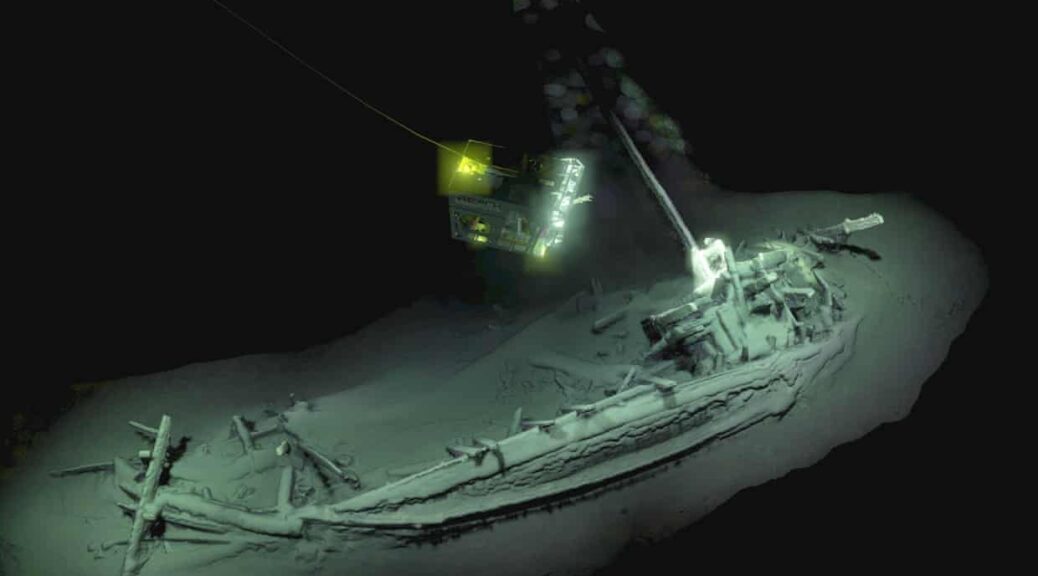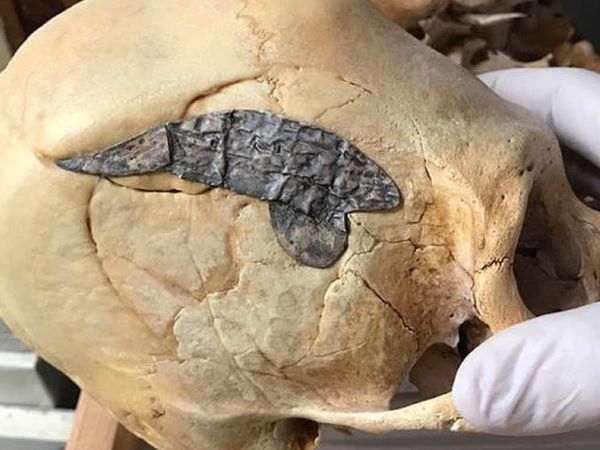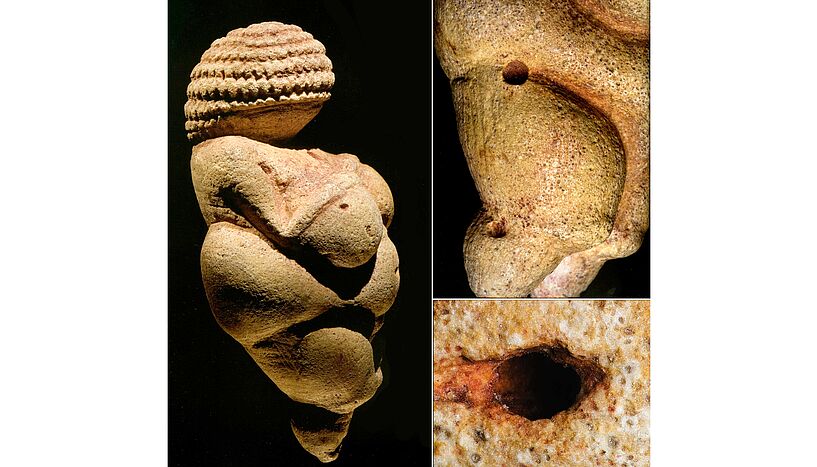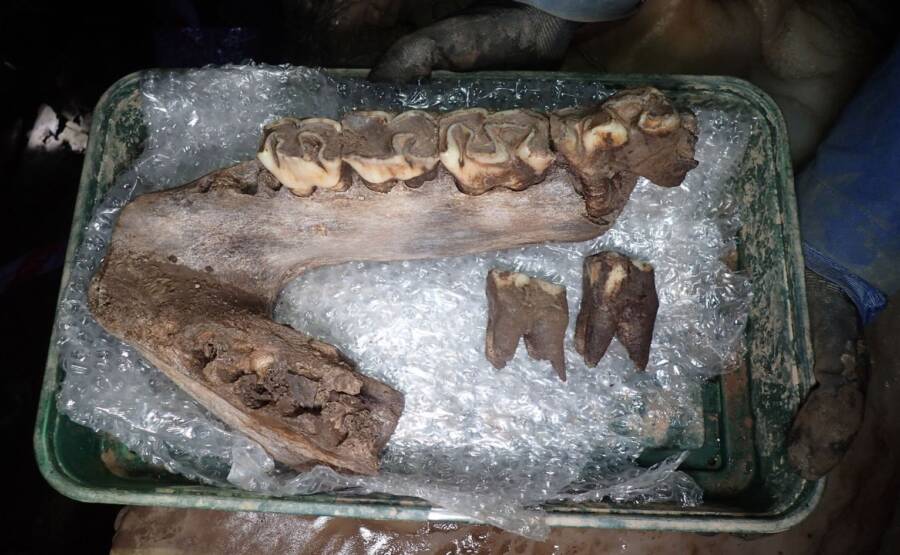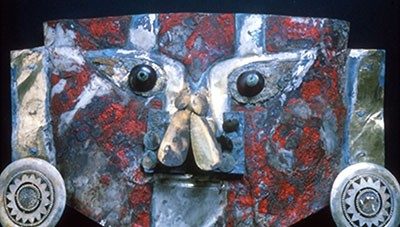Archaeologists discover a 2,600-year-old castle on Egypt’s border
A former military castle that experts think served as a gate to Egypt’s eastern border protecting it from the Persians 2,600 years ago has been unearthed. Discovered in North Sinai, the fortress is believed to date to 664-610 BC in the Psamtik era – the last before the Persian invasion in 525 BC.
Photos released from the dig reveal a number of items including metal arrowheads, stone daggers and figurines.
The building was discovered by an Egyptian archaeological mission and has been dated to almost three millennia ago, a hundred years before the Persians invaded Egypt.

According to Mr Hussein, it has encountered serious attacks that destroyed most of its buildings.
The remnants indicated two castles on the site and it’s thought the main castle which has 16 towers was built on the structure of unfinished construction.
During the excavation work, some rooms for the soldiers who were tasked with securing the castle were found.
Mostafa Waziri, secretary-general of Egypt’s Supreme Council of Antiquities, said in a statement: ‘The mud brick-constructed castle that belonged to the 26th dynasty is the oldest historically,’
He added that the 85-meter-long southern wall of the castle was built on a structure of another unfinished castle.


In a post on Facebook by the Ministry of Antiquities, the government agency said that it had located a tower previously standing on the northeast corner and the remains of the South-East Corner Tower, as well as parts of a southern wall.
‘So far, the excavation works are completed to discover the remains of architectural installations inside the castle,’ the post said.
‘This is the historic castle that the mission revealed on its eastern wall in 2008 and was built on the ruins of this castle another castle that has been previously revealed on the site.’
The Psamtik era which lasted from 664-610 BC was also known as the 26th dynasty, after which a battle led by Persian King Cambyses II defeated Psamtik III‘s army at the Battle of Pelusium, a city on Egypt’s eastern frontier.



After only six months on the throne, Psamtik II went into battle with the Persian invasion led by King Cambyses II.
The Persians crossed Sinai with assistance from the Arabs, where the battle ensued at Pelusium.
The Egyptian military withdrew to Memphis, the traditional capital near Cairo and Cambyses besieged the Sinai and captured it, seizing Psamtik III.
The former king was initially well treated, but he was later executed for conspiracy against the Persians.
The Persian empire extended to a vast area that includes modern-day Iran, Afghanistan, Tajikistan, Uzbekistan, Turkey, Iraq, Kuwait, Saudi Arabia, and lasted from the 6th century BC to the 20th century AD.

